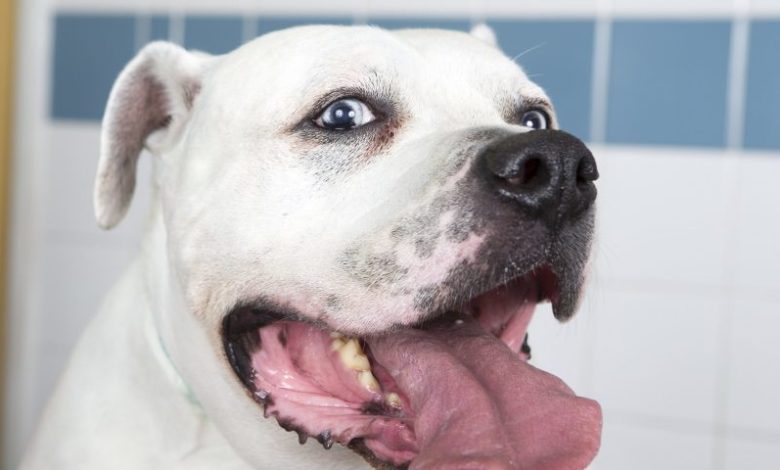Ten odd items swallowed by pets

From socks to babies’ dummies. Vet charity PDSA has named the ten oddest items commonly swallowed by pets. Last year, the organisation treated nearly 400 pets for swallowing things they shouldn’t.

Become a member for unlimited access
Remove all content restrictions with a membership account. First-year special offer pricing. Cancel any time.
You have read 2/2 free articles this month.

How many members should have access to the subscription?
Monthly
Yearly
Save £9.89
No, thanks
I already have an account

From socks to babies’ dummies. Vet charity PDSA has named the ten oddest items commonly swallowed by pets. Last year, the organisation treated nearly 400 pets for swallowing things they shouldn’t.